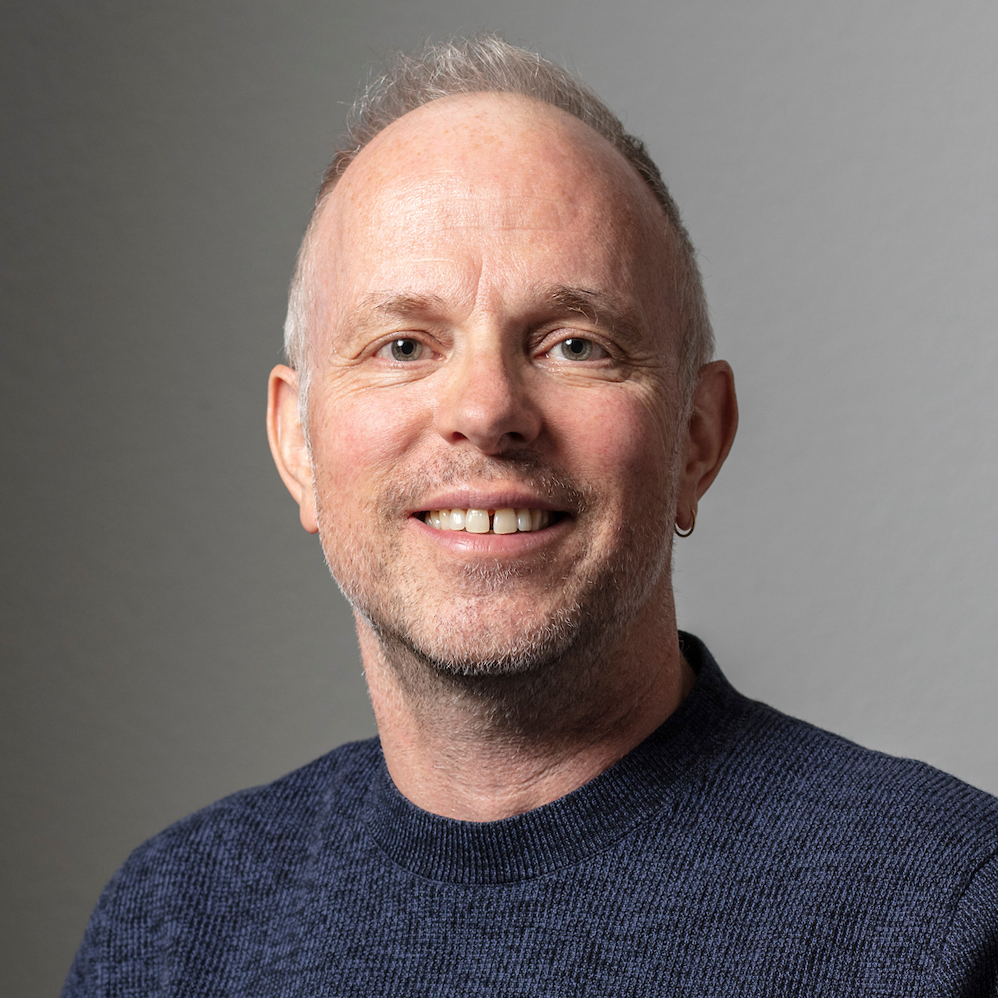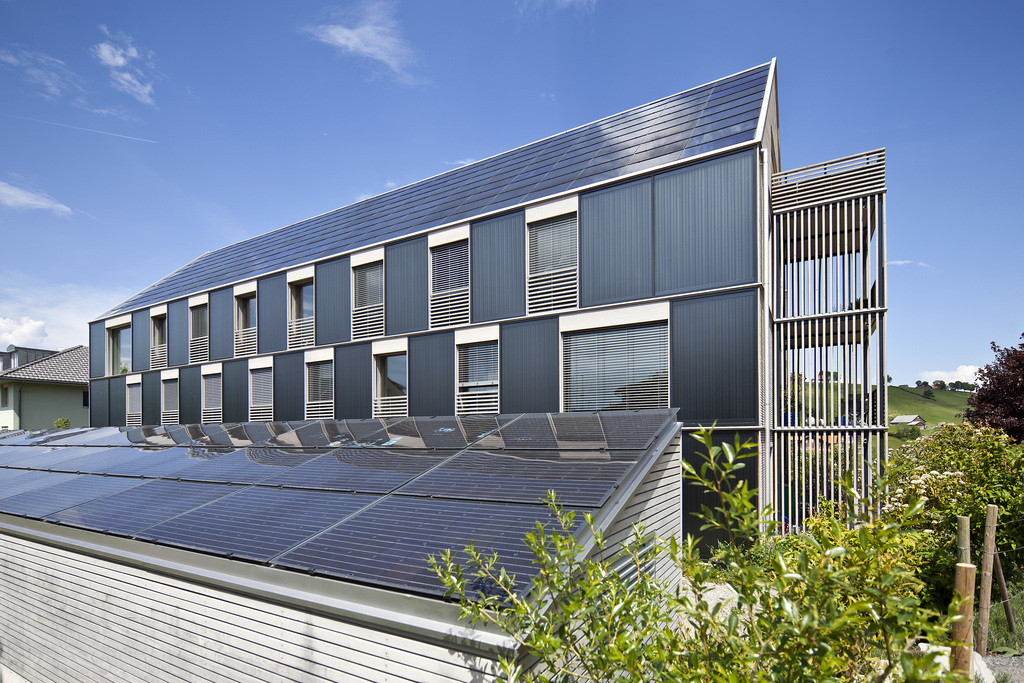Letting go of atomic energy won’t be easy

Since the Fukushima nuclear reactor catastrophe in Japan last year, a number of countries have changed their energy policy drastically. Switzerland has already taken wider ranging steps than other nations.
Compared with other countries that have also decided to or are considering giving up nuclear power, such as Germany or Japan, Switzerland depends on an energy mix that includes more than 40 per cent of atomic energy.
“We have the biggest challenge, which is also compounded by the fact that we have no other power plants which we could restart, which is what the Germans are doing”, says Hans Björn Püttgen, director of the Energy Centre at the Federal Institute of Technology in Lausanne.
“So we are kind of stepping out of a window high up. And we have no other alternative than to fly.”
Germany reacted immediately to the Fukushima disaster. From one day to the next, it stopped exporting electricity and began importing it, Püttgen told swissinfo.ch.
“The nuclear power plants in Germany were shut down and the electricity was instantly replaced by nuclear energy from France and fossil and nuclear power from the Czech Republic.”
Over the long term, Germany wants to focus on renewable energies, which should provide the majority of the country’s power by the middle of the century, according to the ministry for business and technology. A move it says will require fundamental alterations in the energy system.
Germany is particularly interested in wind and solar power. Because these technologies deliver different amounts of energy depending on the season, the biggest challenge, according to Püttgen, is storage.
“Because of these large variations, they need electric grids that can move that amount of energy back and forth. They have to invest in those.”
Whether the new networks will be accepted by the public, he adds, is another issue.
Japanese wrangling
In Japan, nobody officially talks of phasing out nuclear power. Officials explained however in a statement to swissinfo.ch that “in principle, the government is aiming towards the realization of a society not dependent on nuclear power”.
The Japanese authorities could “mobilise all possible policy resources to a level that would enable zero operation of nuclear power plants in the 2030s”, according to the national Energy and the Environment Council’s “Innovative Strategy for Energy and the Environment” white paper.
Püttgen expects that two nuclear reactors under construction in Japan will be completed. “That is the correct decision,” he says, adding these modern facilities could replace older ones.
The permanent shutdown of all reactors – two have since been re-started – would result in Japan relying heavily on fossil fuels.
“There are places in Japan where there are 180 diesel generators on one big parking lot”, says Püttgen, who has visited Japan four times since the Fukushima disaster. That leads to “massive amounts of CO2 emissions”, he points out.
Wind and solar power could be alternatives, but the most abundant sources of these energies are on the north and the south islands.
“The connections between these and the main island are limited and have to be seriously increased. And even then you are quite far from the main centres, Tokyo and Osaka”, adds Püttgen.
Independence
France is the country that relies the most on nuclear energy. In 2011 nuclear power was almost 80 per cent of the country’s energy mix.
“Nuclear power is an essential component of the French energy system”, writes the ministry for Ecology, Sustainable Development and Energy. “The goal of French policy in this area is to enable further development of nuclear power in France and abroad.”
The French have made a conscious commitment to atomic energy, to be as independent as possible from a reliance on oil, gas and other fossil fuels, Püttgen explains.
But during his election campaign, President François Hollande promised to sink the share of atomic energy to 50 per cent by 2025.
It is still “part of an overall political goal. The only firm decision that has been reached is to shut down Fessenheim I and II by the end of 2016”, according to the energy centre director, not enough to justify talk of a sea change.
“This will cost an enormous amount of money. And France at this point in time has financial difficulties.”
One potential source is wind power, especially offshore. Turbine construction could also lead to the development of a new industrial sector.
Shale gas?
For the United States as well, independence is the most important factor in energy policy. Atomic power is considered one of the clean energies and 40-year-old reactors that were facing retirement have seen their authorisation to operate renewed.
“Currently 70 of the 104 reactors have had their operational time extended to 60 years,” Püttgen explains. The US also granted permits to build four more reactors after Fukushima.
Because energy independence is considered so important, there is currently a strong shift in direction of shale gas too.
“Canada as well as the US have reserves that are adequate for decades, if necessary they could cover the country’s entire electricity production,” Püttgen says.
While this would have a positive impact on the trade balance, But here too there is resistance among the population because of environmental concerns.
President Obama wants to reduce energy consumption by 15 per cent by 2020.
According to the energy efficiency standards introduced under his administration, new houses will use 50 per cent less electricity in ten years’ time, while existing houses will have cut consumption by a quarter.
Worldwide there are currently 437 nuclear reactors operating in 31 countries. The US has the highest number (104), followed by France, Japan, Russia and Korea.
In Switzerland nuclear power provided 41% of the power supply in 2011. There are five reactors in service. The country has decided to opt out of nuclear power completely by 2034.
In Germany nuclear power provided 18% of the national power supply in 2011. There are nine reactors in service, 27 shut down (for reasons of age). Nuclear opt-out planned by 2022.
France sourced 78% of its power supply from nuclear energy in 2011. It has 58 reactors in service, one under construction and 12 older reactors shut down.
In the US, just over 19% of the national energy mix was supplied by nuclear power. There are 104 reactors in operation, one under construction and 28 have been retired.
In 2011, Japan sourced 18% of its national energy supply from nuclear power. There are 50 reactors in service (with 48 provisionally shut down), two under construction, one closed for the long term and nine closed for good (on age grounds). Japan plans to opt out of nuclear energy by the 2030s.
(Source: International Atomic Energy Agency IAEA)
(Translated from German by Jeannie Wurz)

In compliance with the JTI standards
More: SWI swissinfo.ch certified by the Journalism Trust Initiative










You can find an overview of ongoing debates with our journalists here . Please join us!
If you want to start a conversation about a topic raised in this article or want to report factual errors, email us at english@swissinfo.ch.